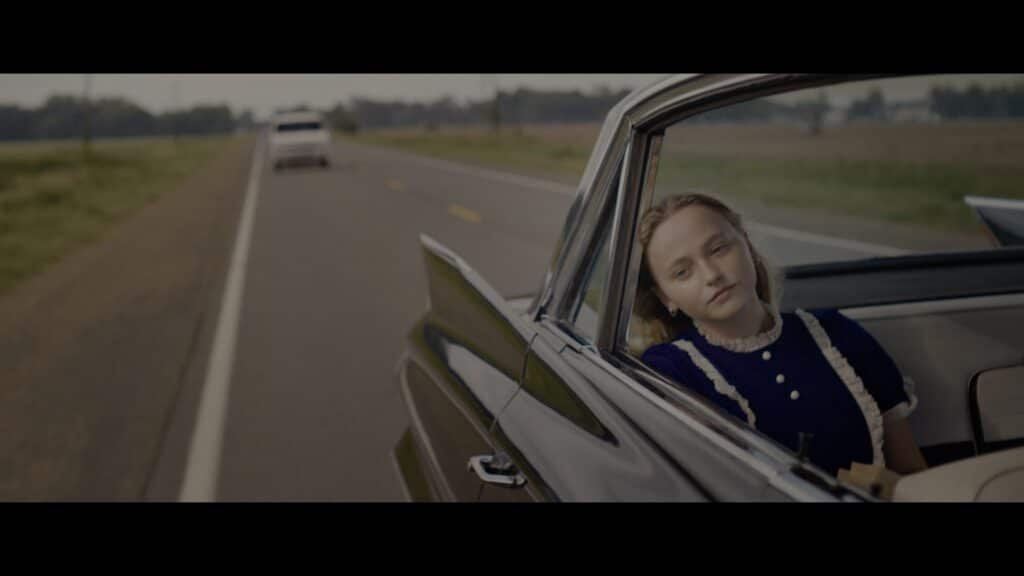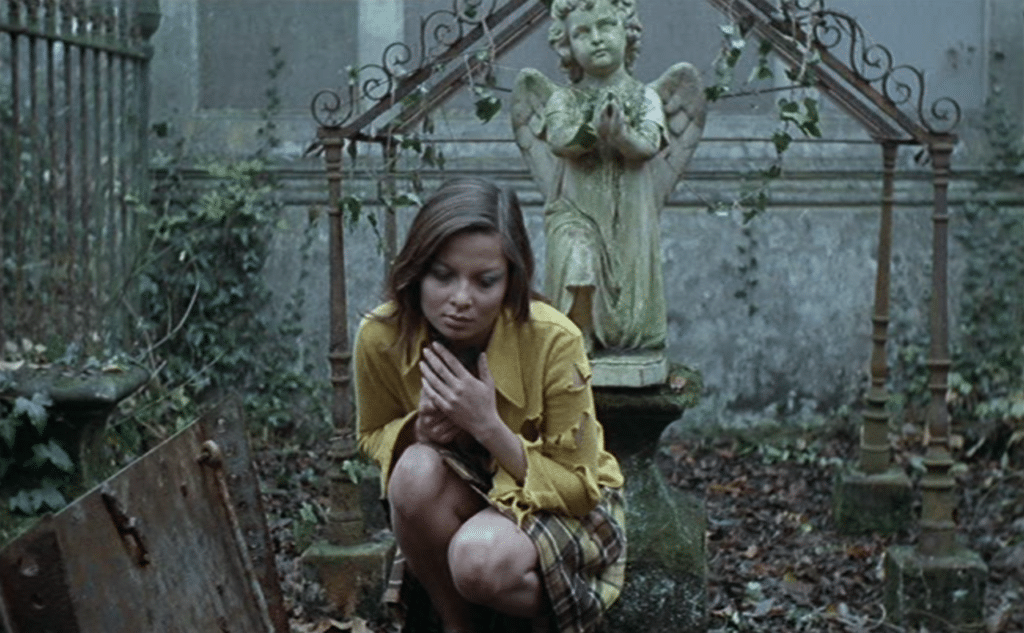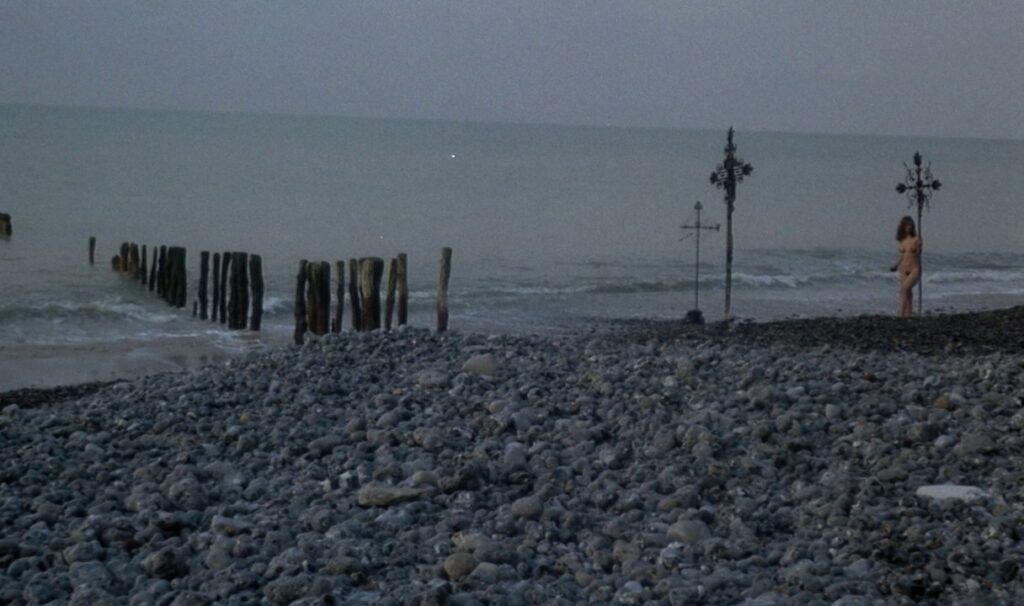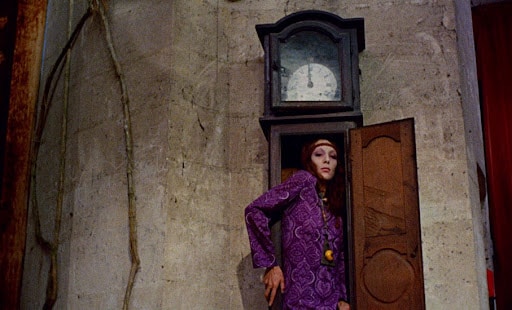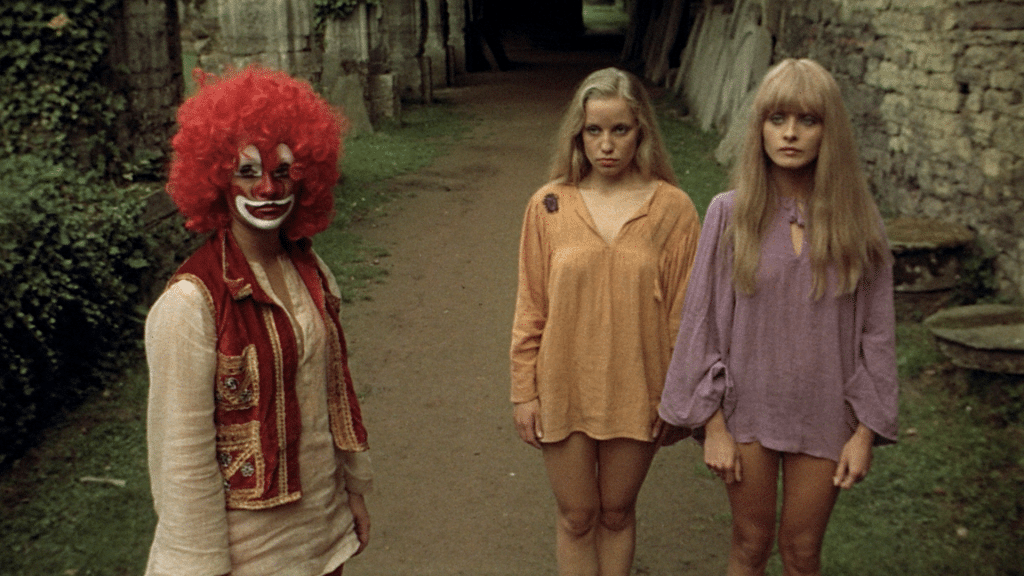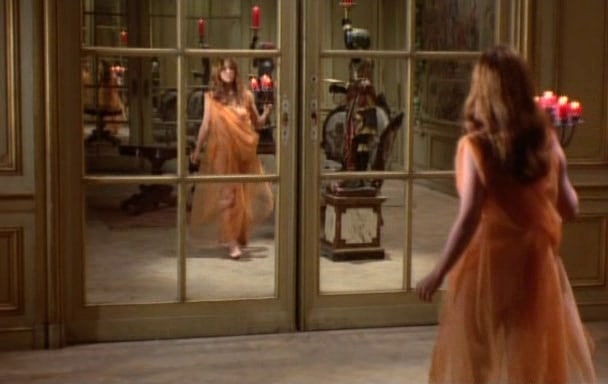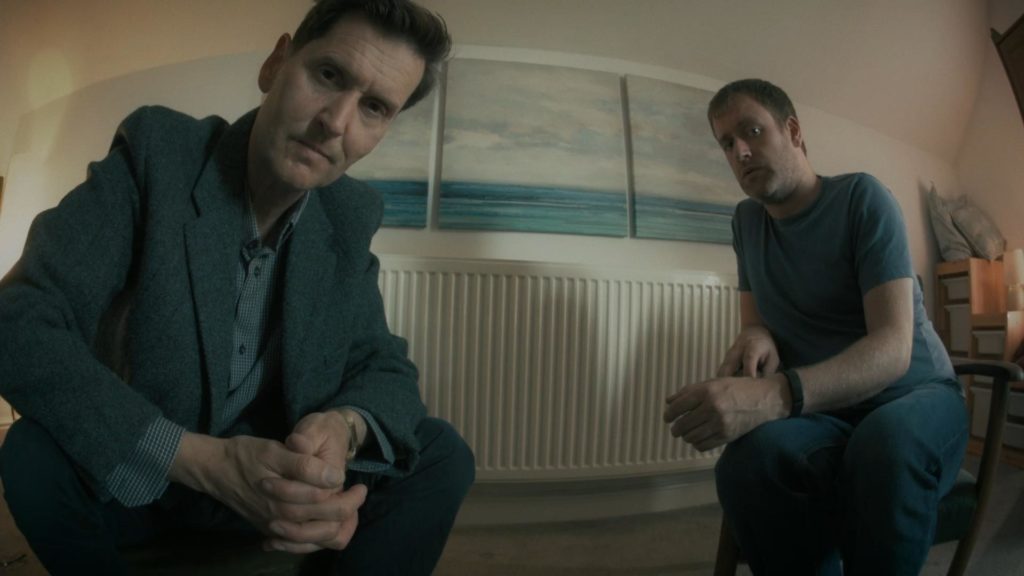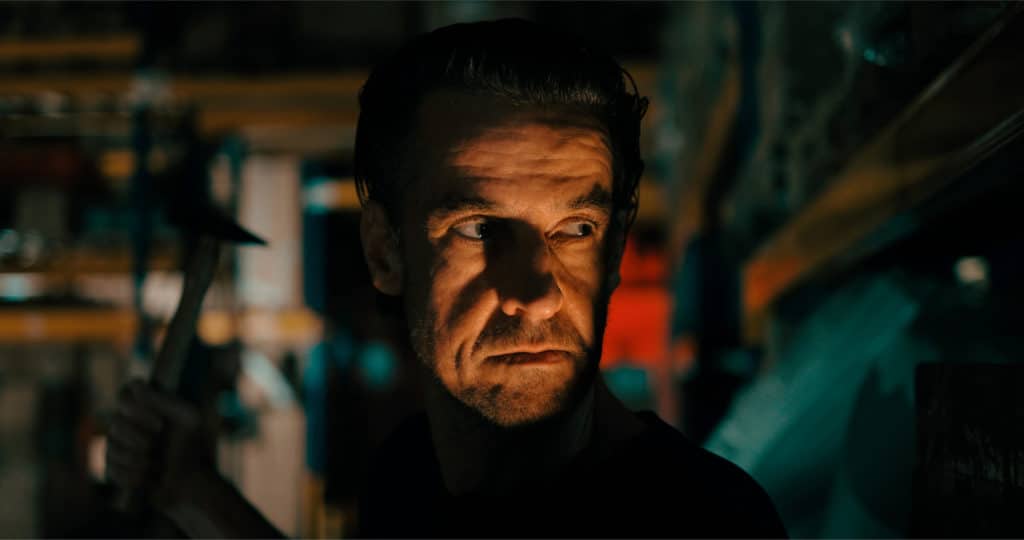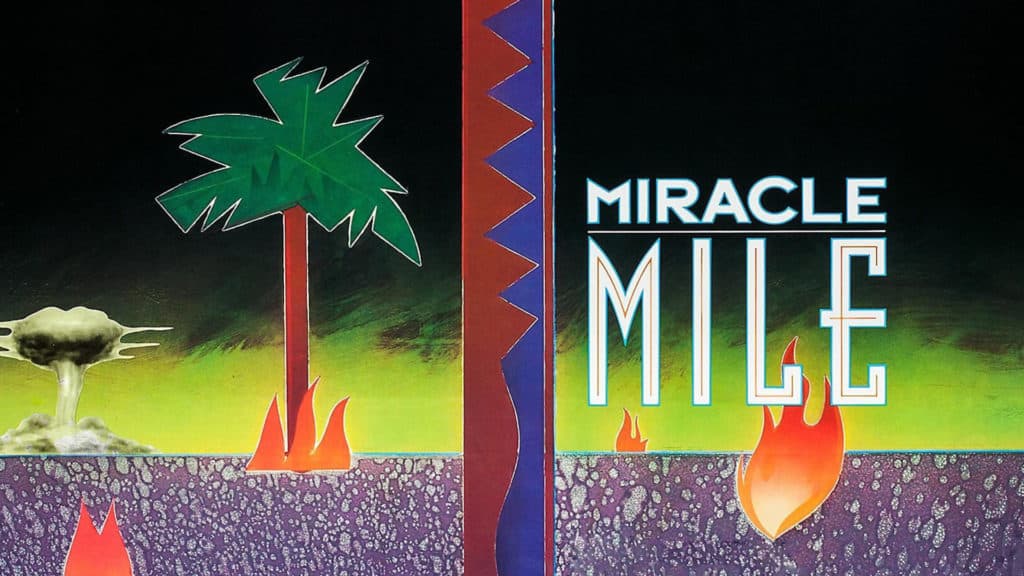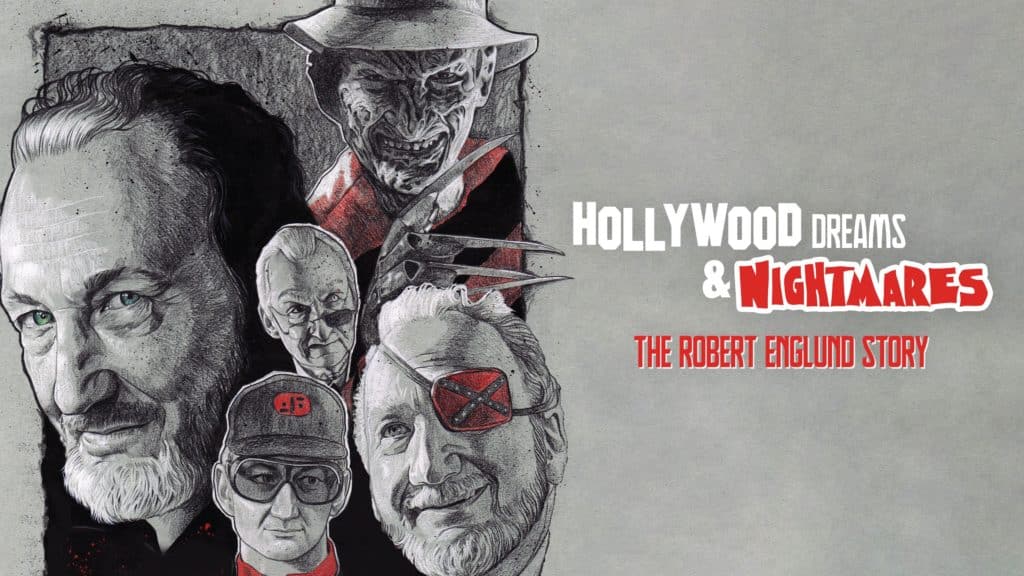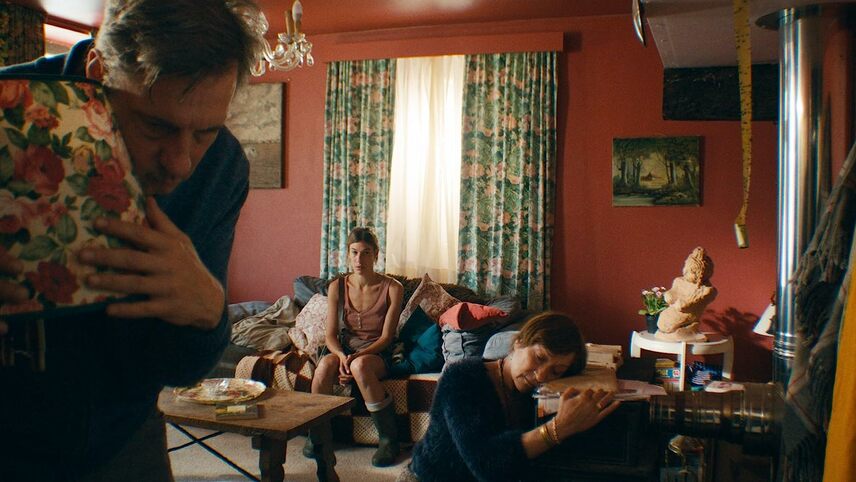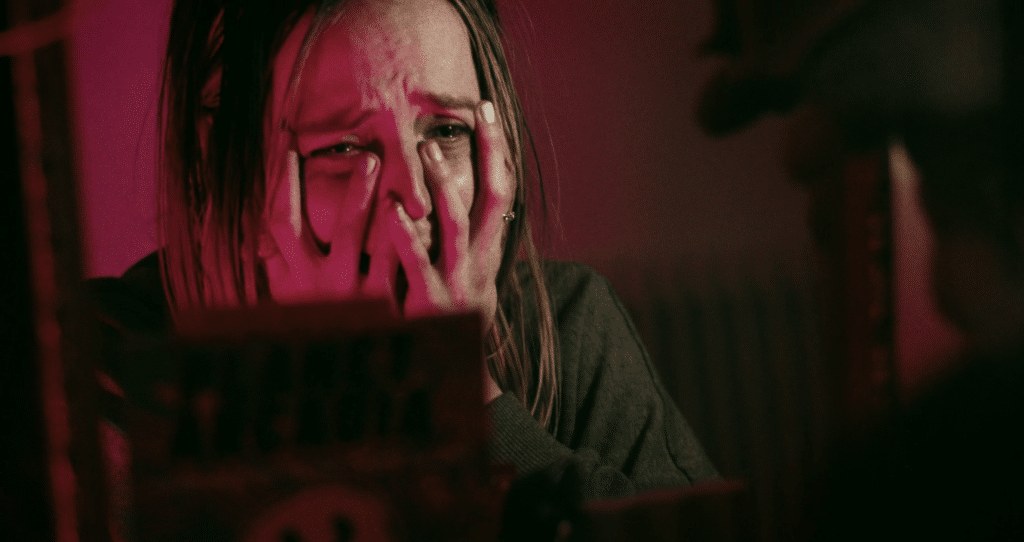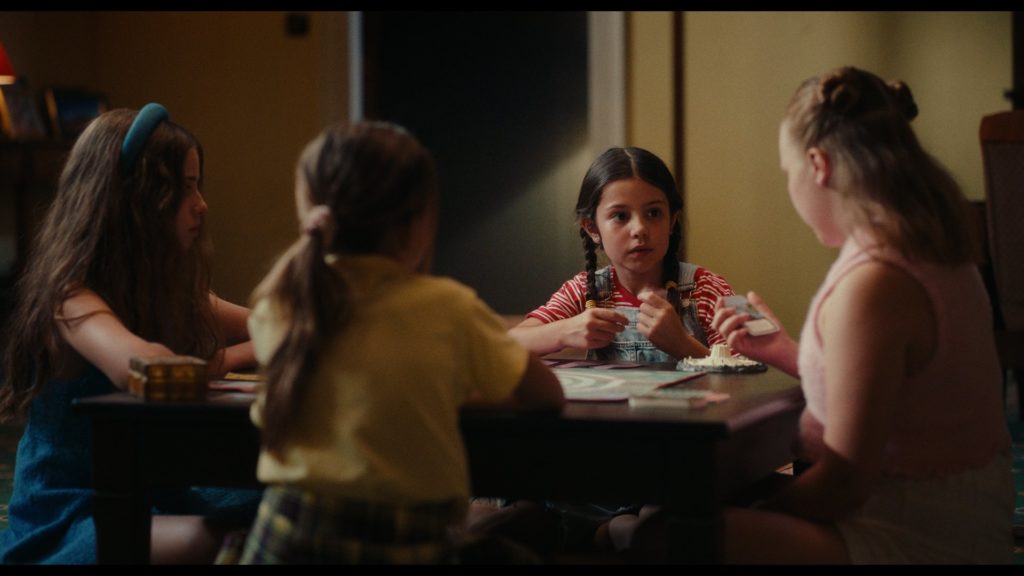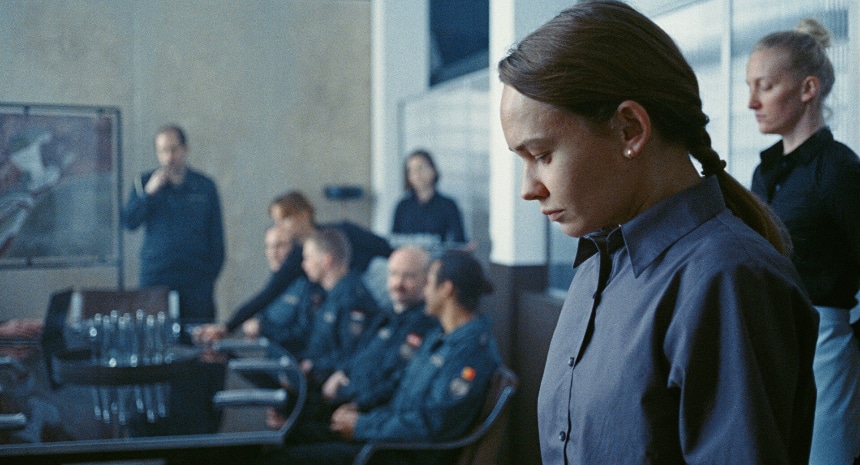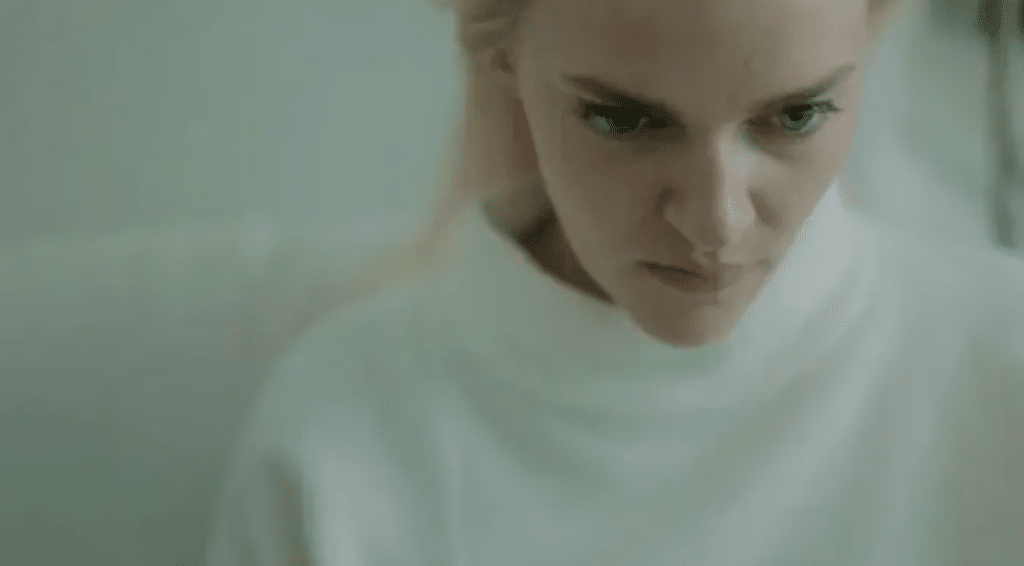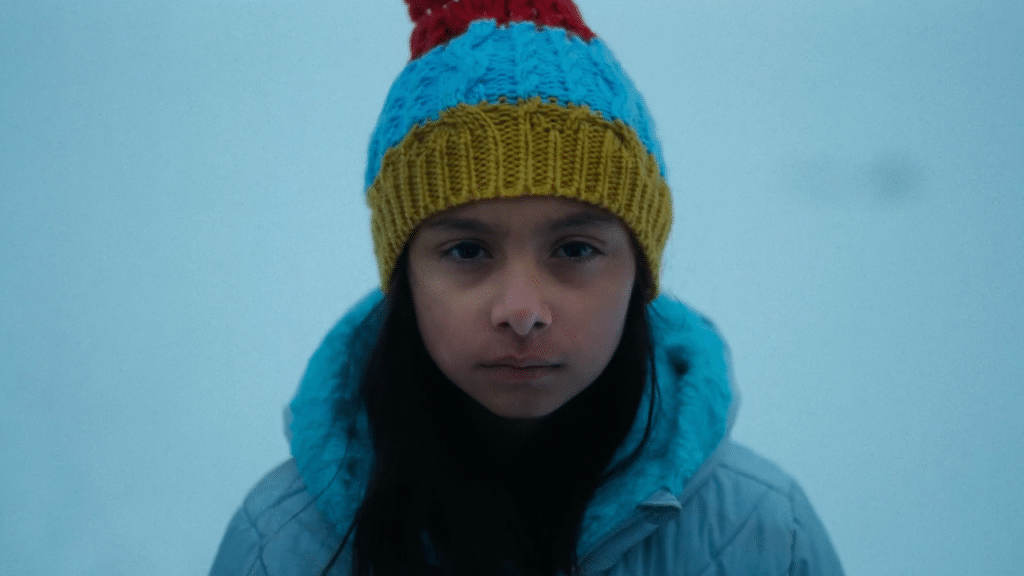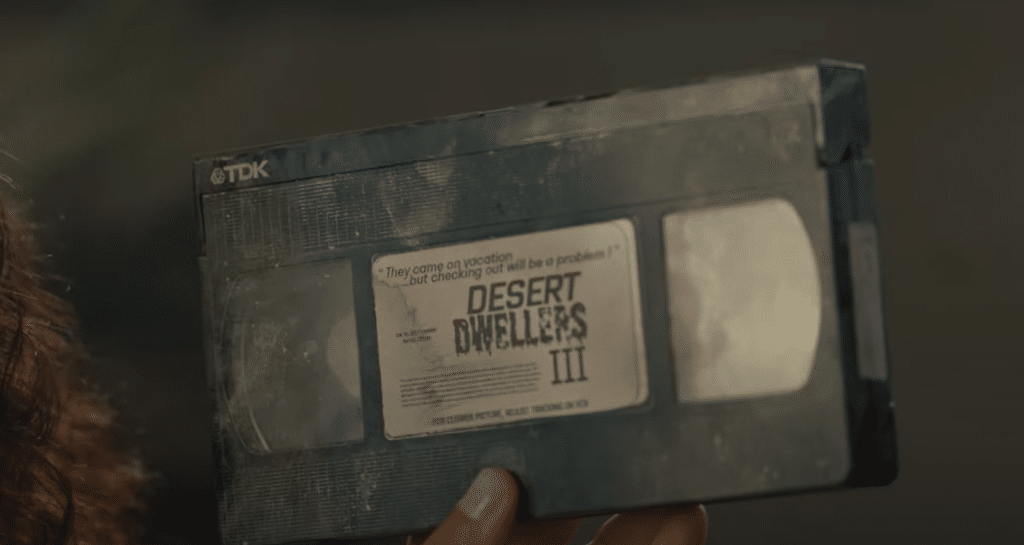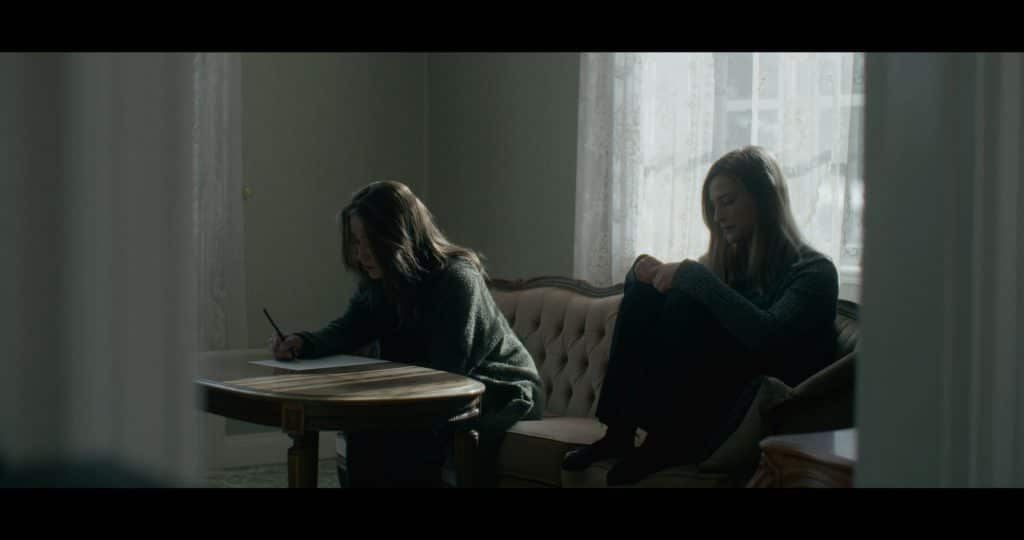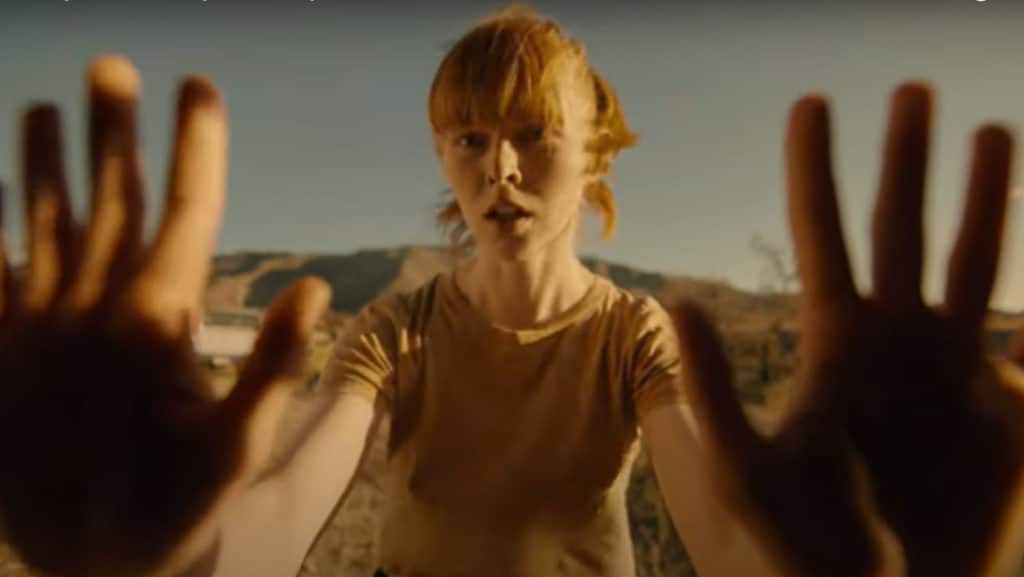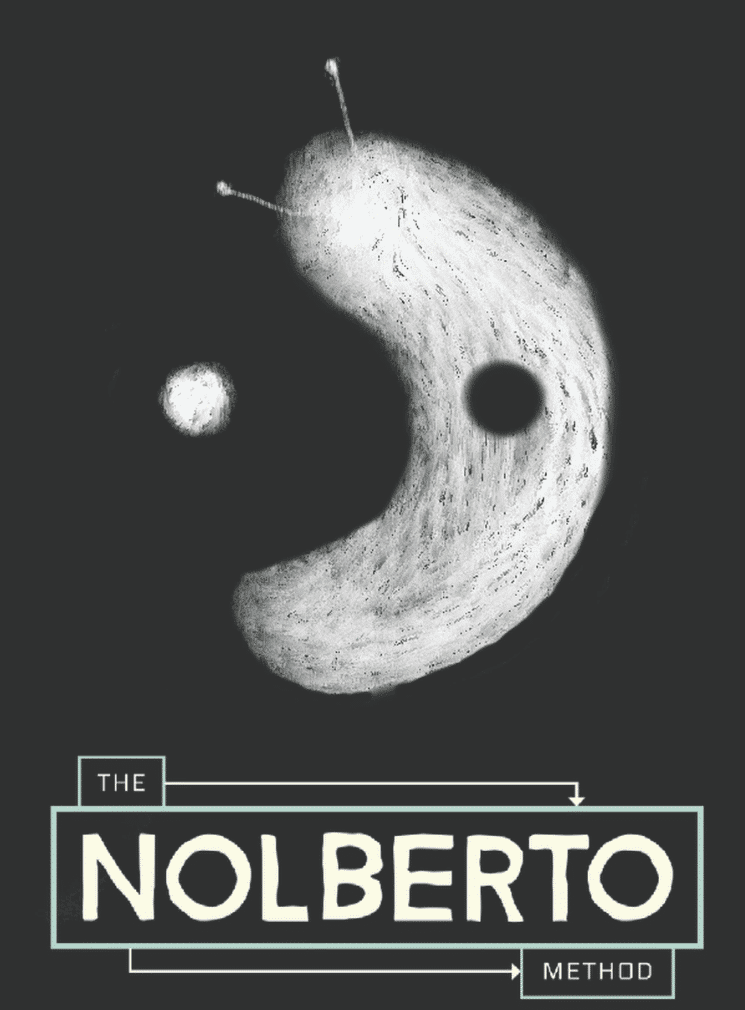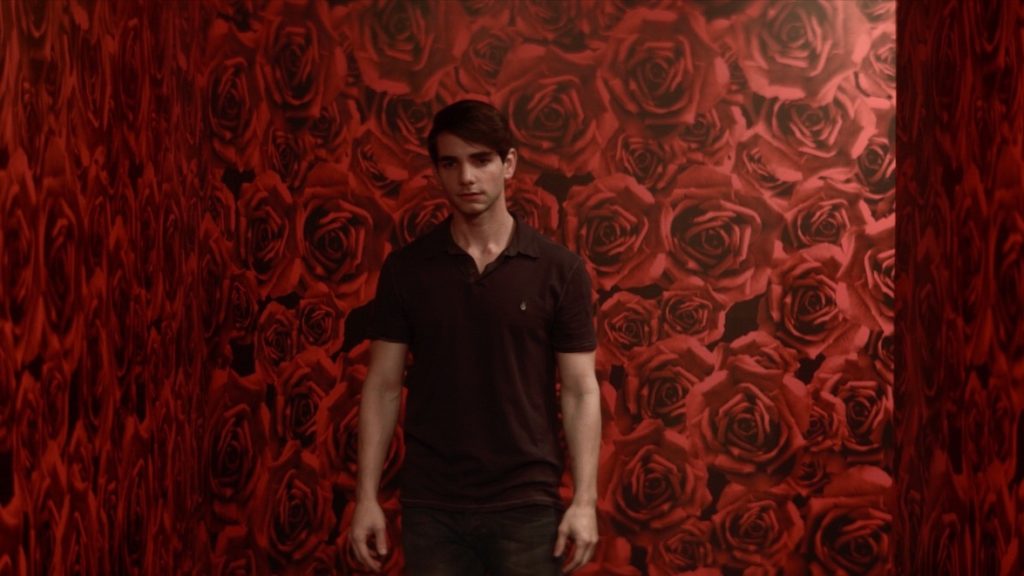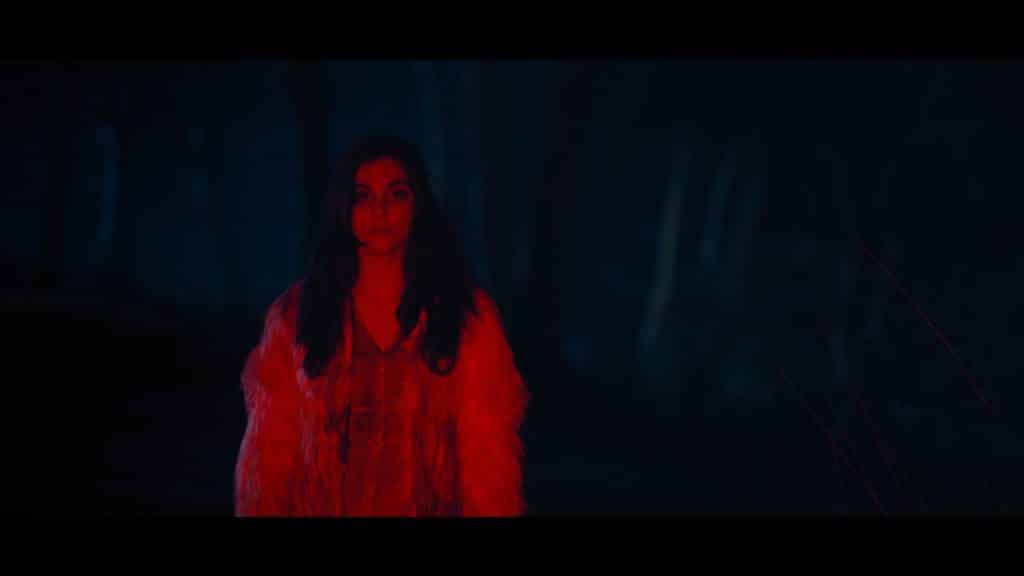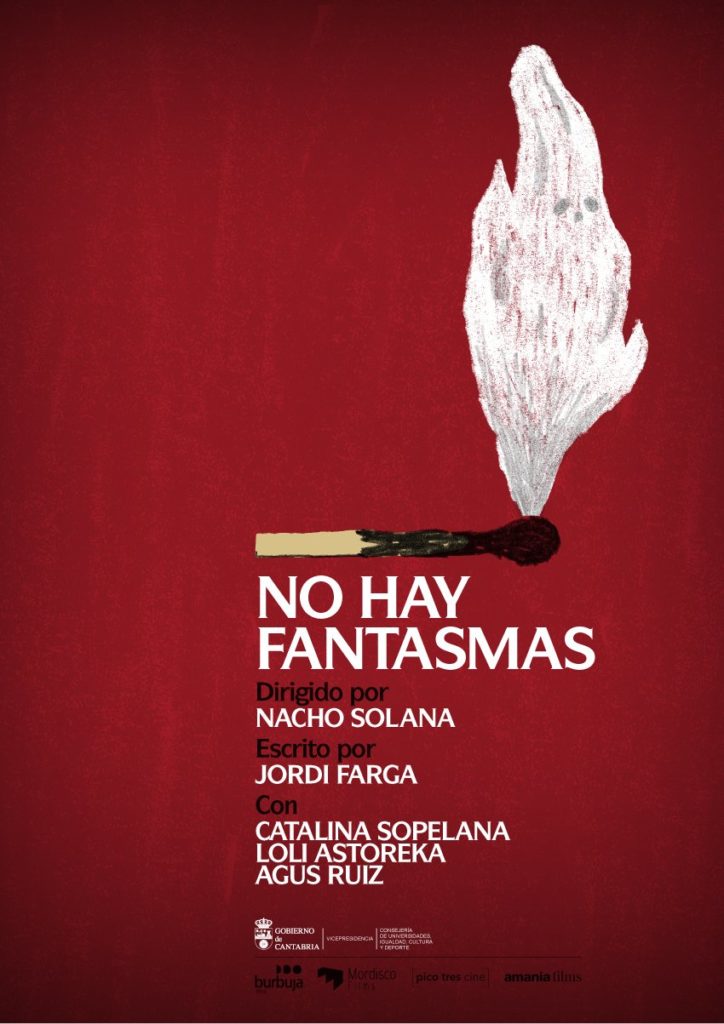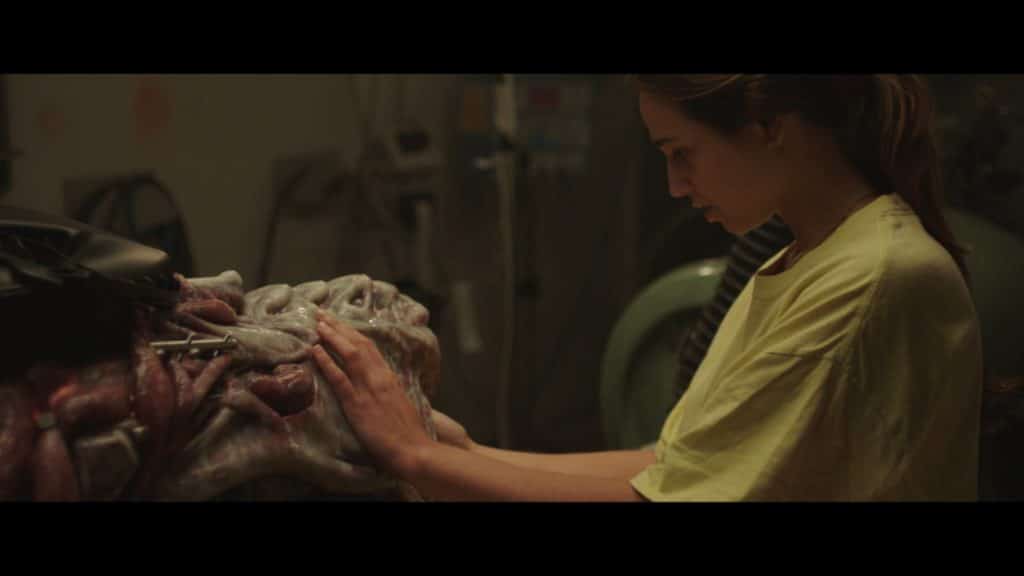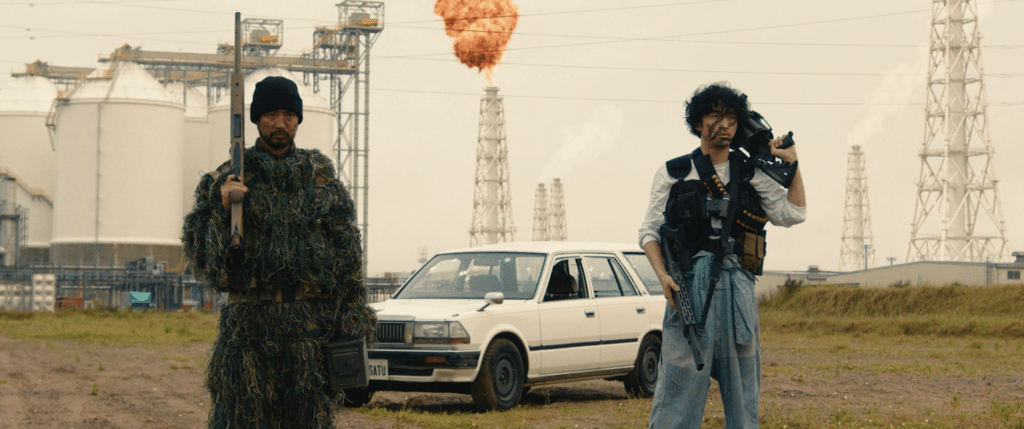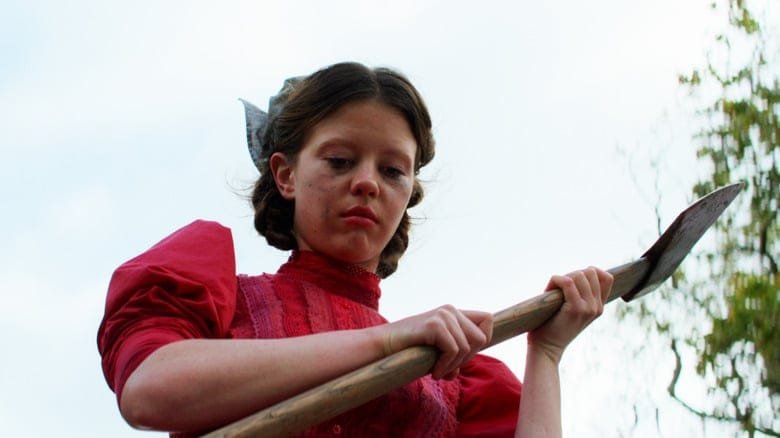
By guest contributor Chris Ward
So here we have two parts of a trilogy originally released during the past three-or-four years getting a boutique 4K UHD re-release by Second Sight Films, and why not, because Second Sight have also put out the bulk of the director’s back-catalogue in a similarly lavish fashion over the past year.
That director is Ti West and the trilogy has affectionately come to be known as the X trilogy, because the first movie in the trilogy is called X. However, that movie is not part of this release cycle, because region licensing and rights issues dictate that the Blu-ray release from 2022 is all we are allowed to have here in the UK, so if you are a fan/collector with OCD about having all the movies in a series on the same format with similar packaging so it looks neat and ordered on your shelf – as is this writer – then you are just going to have to be patient and hope that a 4K UHD upgrade will be forthcoming somewhere down the line.
However, this predicament is not quite so triggering for me, as I found X to be something of a disappointment, for not only was the plodding pace completely at odds with the (obvious) Texas Chain Saw Massacre aesthetic, but for a movie about porn stars making a porno in a secluded farm setting, the movie was remarkably sexless; yes, there were sex scenes and nudity, but they were just sort of there, filmed blandly and without any excitement, as if Ti West just filmed a few topless shots of the female actors because the movie was set around the porn industry.
But the word ‘sexless’ doesn’t just apply to the sex, because the kills were shot in the same perfunctory manner, the thin plot trying to evoke 1970s grindhouse but the modern retro production not giving the movie enough grime, enough grit, enough… well, sex, in all its colloquial meanings. And don’t get me started on the old-person make-up on the younger actors – worth mentioning here because Mia Goth plays the young porn star Maxine Minx and also the elderly Pearl, who would so dearly love to be young again, but the lighting isn’t friendly to the prosthetics and it looks comical.
But X proved popular with audiences, and Ti West wasted no time in getting another movie in that universe released, that movie being Pearl (2022), but instead of a sequel – because, considering how X ended, what would be the point? Hold that thought… – we got a prequel, concentrating on Pearl, the deranged octogenarian who still wanted to be adored, despite her age-ravaged body in X.
In this movie it is 1918, and Pearl (Goth) lives on the same secluded farm we saw in X, only here it isn’t run-down and old. She lives on the farm with her strict German mother Ruth (Tandi Wright) and her wheelchair user father (Matthew Sunderland), who is suffering from an undisclosed disease that means he is unable to move or communicate, and as Ruth takes care of the farm, she leaves most of her husband’s care to her daughter.
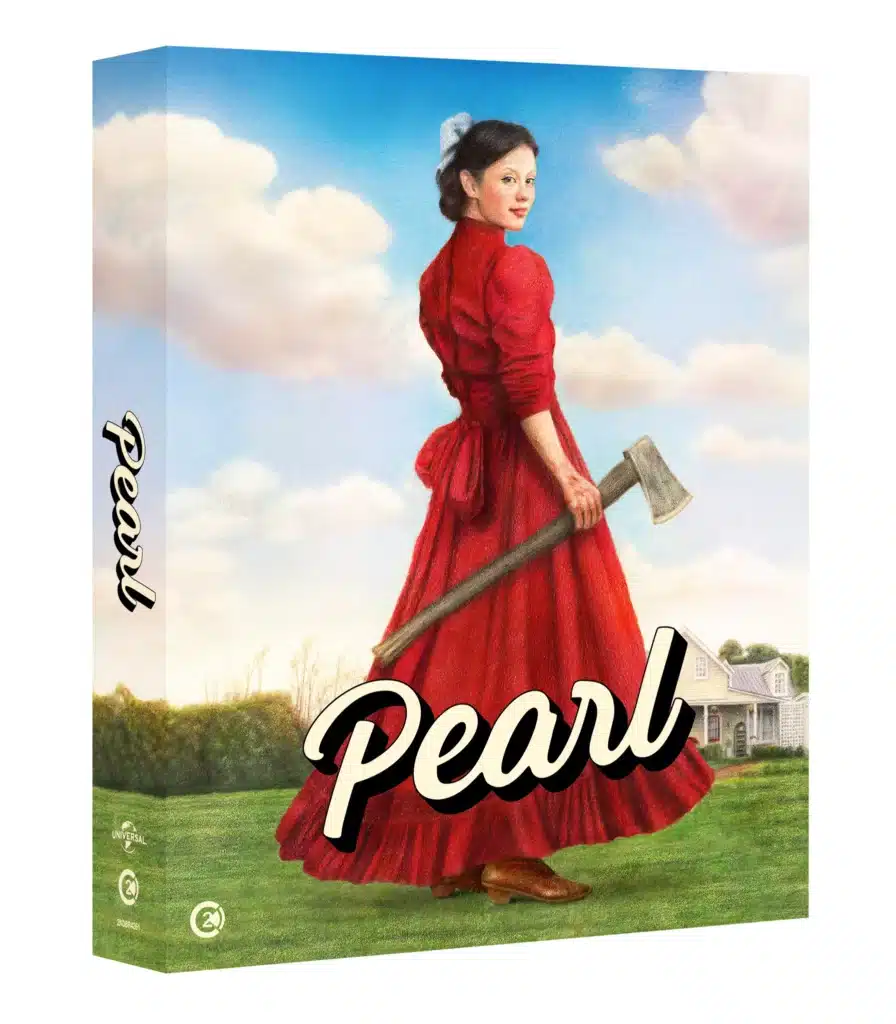
However, Pearl is not quite in full control of her emotions, and while she waits for her husband Howard to come back from service in World War I she dreams of becoming a star, singing and dancing on a stage to be adored by the whole world. While she has fantasies of stardom, she takes out her frustrations on her helpless father, abusing him when she thinks her mother is not watching, and after a sneaky visit to the cinema whilst collecting her father’s medicine, she befriends the projectionist (David Corenswet) who shows her the stag film A Free Ride, fuelling her passion and encouraging her to chase her dreams. A falling out with her mother and an impending audition trigger Pearl’s descent into madness, as she chases her dreams with violent anger and murderous rage.
Right from the off you can see that Pearl is a different movie to X, because here the titular character is young and fresh-faced, and so the setting matches it, drawing visual inspiration from the Technicolor stylings of The Wizard of Oz and Mary Poppins. It is a very bright and breezy movie whose look reflects the innocence of Pearl before the gradual unwinding of her mind, although straightaway we can see that Ruth does not like her daughter, for not only is she cold and emotionless – which is understandable, given her husband’s illness and what she must do on a daily basis to keep the farm going – but she is aggressive and unpleasant towards Pearl, hinting that the events of this movie are not the first displays of odd behaviour she has witnessed.
But unlike X, Pearl is a character study, a glimpse into what made the elderly crone into the sexually frustrated and murderous old hag she became, and the seeds are all sown here in a script co-written by Ti West and Mia Goth, which is the biggest strength of the movie as Goth truly inhabits the character on the screen, reflecting her input. Had Pearl been written solely by West, or by him with an outside collaborator, the nuances that Goth brings would likely not be so obvious; the furrowing of the brow during certain dialogues, the glint in her eye whenever she starts daydreaming about being a star, and the realisation that a genre icon is being created on the screen in both looks, personality and execution of the script. You can see Mia Goth’s ascent to stardom through the character of Pearl and her gleeful demeanour, and it gives this movie a soul.
Which is what blunts the edge a little, as we know where this character ends up, and rewatching X in preparation for this review meant I went from what is really a very silly homage to the 1970s with a bit of off-kilter weirdness to mask the lack of tension, to an origin story that, like the titular character, has a few issues but by the end of it made me want to see what happened to her next, except I already knew and didn’t really like it. The curse of the prequel strikes again.
No matter, though, because there was one more outing to be had within this universe and in 2024 we got Maxxxine, a direct sequel to X (told you) which starts out with a problem – this movie is set in the 1980s and does not feature Pearl, the most interesting character in the series. Mia Goth returns to the role of Maxine Minx, the young porn star from X, and we are now in 1985 where Maxine is 33 years-old and very aware that her career in adult movies only has a limited time left, so she is desperate to break into mainstream movies and become a star.
However, the jump from porn to Hollywood is not an easy one to make and so Maxine is cutting corners slightly by auditioning for a horror movie, which may not get her many awards but it is a ‘legitimate’ movie. While this is happening, there is a serial killer operating in Hollywood killing off young starlets, and when the trail begins to lead to Maxine, it threatens to expose her sordid past.
There is a lot to unpack in Maxxxine, with it being a movie about making movies made by people who make a lot of movies, and so there is always a commentary underpinning every action and character decision, with the overall message being ‘Be careful what you wish for’, a message that has, ironically, been made hundreds of times over by other filmmakers who make movies within that system. That said, as an audience, we are viewing this in more enlightened times, when we know what the Hollywood stardom dream costs and, thanks to many scandals that have come to light in recent years, we can watch it knowing that no good will come of it.
And essentially, that is what makes Maxxxine a less successful movie than Pearl, because we can see how it is all going to play out – Ti West drops plenty of hints throughout, none more obvious than the opening scene of a young Maxine being filmed dancing by her very creepy preacher father – with an ending that is very telegraphed and, like X, lacks any suspense or tension.
Unlike X, however, what Maxxxine does do brilliantly is replicate the period setting, from music cues that include ZZ Top, John Parr, Judas Priest (kudos to Ti West for not using one of the ‘hits’, but instead going for a lesser-known bonus track) and Kim Carnes to the fashion choices – not characters wearing fluorescent socks, listening to Sony Walkmans and skating around on roller boots, which is usually the quick movie language to let us know what decade we are in – and it doesn’t feel like a parody or contemporary actors cosplaying. Okay, the cameras are better and the image sharper, but for all intents and purposes, this is 1985 and it does feel wonderful to be back (some of us remember it well).
Being set in the 1980s, there is also the all-important slasher movie vibe and it is there, although black-gloved killers are more 1970s Italy, but this killer is more brutal and the gore effects are superb. Speaking of Italy, there is also a heavy Dario Argento vibe throughout, as the neon of the 1980s pops out against the run-down strip clubs that would have been thriving in the 1970s but were in need of some TLC come 1985. Argento’s visual heyday may have been a few years before this movie is set, but you cannot mistake that influence and the image of new, colourful lights over old, rotten brown wooden doors and windows is a definite nod.

But it isn’t just the strip clubs in need of TLC, because Maxine Minx herself is a woman with issues. The trouble I had with this movie, though, was that I didn’t really care enough about her. Pearl worked because it focused on the one character from X who had a story to tell, and after going back to 1918 to see how that character came about, jumping forward to focus on someone who was very one-dimensional and not particularly likeable didn’t feel like it was warranted.
The character of Maxine Minx was obviously going to be a bit different in this movie, when you consider what she went through in X and where she is now, but Mia Goth just doesn’t seem to inhabit Maxine like she did with Pearl. Yes, the actor was cast to play both roles so we could see a throughline not only in their lives but also with their features, allowing some sort of twisted continuity – they are not the same person but they have the same motives – and whilst she does have plenty of 1980s strong female attitude, something just doesn’t quite work as well as it did in the previous movie. Ti West gets a sole writing credit for this movie, as he did with X, so that should tell you something.
Whatever the merits of each movie, one thing that shines through is Second Sight’s consistent quality, as both of these movies come loaded with plenty of supplementary material, most of which consists of cast and crew interviews and video essays that delve further into what each movie represents. Pearl comes with an audio commentary by Alexandra Heller-Nicholas and Maxxxine with one by Bill Ackerman and Amanda Reyes, both of which are worth your time for fresh perspectives, and if you are lucky enough to get the limited editions, then both movies come housed in gorgeous rigid slipcases boasting new artworks, art cards and 120-page books containing essays from various academics. Presented in Dolby Vision with Dolby Atmos audio, these movies do look fantastic, with Pearl looking especially vibrant with its Technicolor-inspired colour grading, and it is very difficult to pick fault in either movie based on visuals. If you are a child of the 1980s and have a decent soundbar/surround sound system, then Maxxxine is best viewed with the volume cranked up, if nothing else because the soundtrack is ace.
So that was my revisiting of this trilogy, and it is a trilogy from which I did not particularly like any of the movies when I saw them upon initial release. On this viewing, X is still a mystery to me – and I say that as a lifelong fan of 1970s grindhouse – but that movie is not the focus of this review. However, Pearl shot up in my estimations as I finally ‘got’ Mia Goth as that character, I finally linked the troubled young woman onscreen to the old hag from X and despite a few pacing issues, the movie worked as an origin story for a character that has more stories to tell.
As for Maxxxine, the 4K UHD presentation helped in making the movie look and sound amazing – the best it will likely ever be – and when the violence is happening it is a nasty movie, but trying to make a character piece about a character that isn’t really that interesting when the actor is not as invested as they were previously means the movie drags to a conclusion that is fairly underwhelming and obvious.
Still, I liked it more on a second watch, so maybe future viewings will unearth more treasures. Maybe I should view them in chronological order next time, but going in knowing the best movie is first means diminishing returns by the time I get to Maxxxine. These movies are clearly a labour of love for Ti West, and hopefully one day we will get a 4K UHD release of X to complete the trilogy in that format. By that point, I may be able to grasp that certain ‘X factor’ that isn’t quite working for me, but until then, Pearl remains the gem of the trilogy and this stunning edition may just be the best looking 4K UHD disc we have seen from Second Sight thus far.
You can find out more about the Second Sight release of these titles, including ways to purchase, here.
You can also find out about Chris’s published work here.
